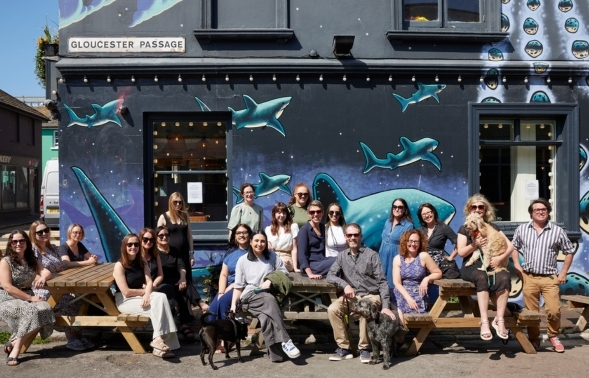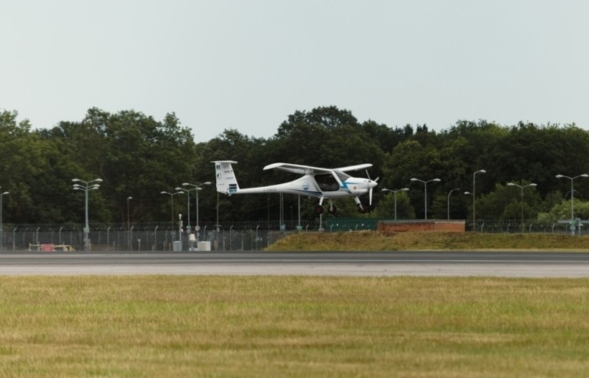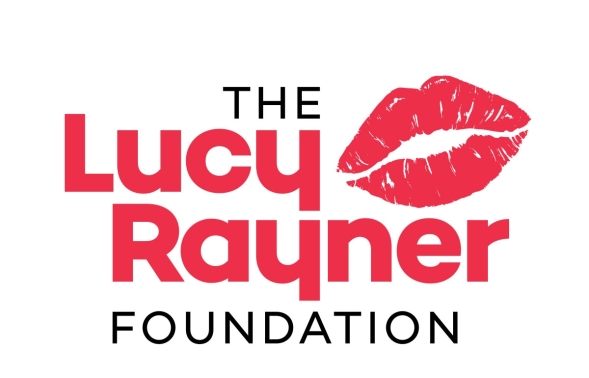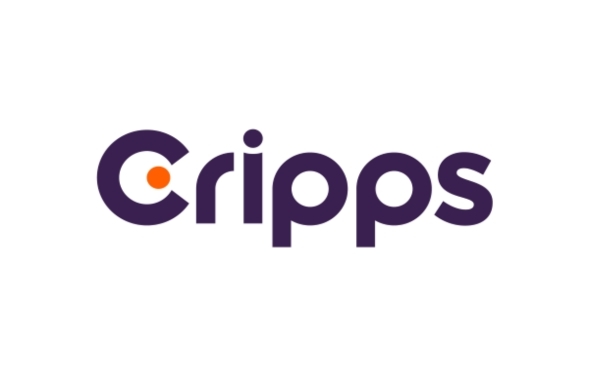The first batch of flagship Institutes of Technology have been hailed after recruitment data obtained by FE Week showed they are off to a "flying start".
Twelve IoTs backed with £170 million of capital cash have launched since 2019, racking up more than 17,000 starts between them - 95 per cent of their combined target.
Four of the establishments - collaborations between colleges, universities and employers that specialise in higher technical training - have exceeded their own targets: two hit 90 per cent or above, with the remainder not far behind.
All IoTs recruited hundreds of students in their first year, with two recruiting more than a thousand.
Experts have praised the "impressive" start as it was achieved during or in the aftermath of the Covid pandemic and against a backdrop of other new technical institution experiments - such as National Colleges, University Technical Colleges and Studio Schools - struggling in their infancy.
Skills minister Robert Halfon said: "As this research shows, IoTs are off to a flying start and have been in high demand, but we are not complacent. I am determined to create a high-skilled, diverse workforce which meets local and employer needs, putting Institutes of Technology at the heart of that ambition."
'This could prove very attractive in many localities'
IoTs are a major government project aimed at boosting high technical level skills across England, mostly offering training at levels 4 and 5 in STEM subjects including digital, advanced manufacturing and engineering.
Twelve opened between 2019 and 2022, with nine more in the works for the coming years to cover all parts of the country, backed with an additional £120 million - taking total public spending to £290 million to fund industry-standard facilities and equipment.
Unlike UTCs and National Colleges, IoTs are not direct competition for colleges in the areas they are created. Rather, they are extensions of well-established colleges and universities and can act as a pipeline for student recruitment, with the backing of big-name employers such as Siemens, Nissan, Microsoft, the Met Office and Airbus.
Ewart Keep, emeritus professor at Oxford University's department of education, said the starts figures suggest that IoTs "seem to have managed to understand the existing pattern of local provision and to have been able to identify genuine gaps that need to be filled".
He told FE Week that, although the IoT "brand" may be novel, the institutions delivering it and its associated learning offer are not, and "therefore have a much smaller mountain to climb in terms of establishing a presence in the learning marketplace".
Keep also pointed out that the IoTs have adopted a model where they each focus on a limited number of sectors or occupations but have "not put all their eggs in the basket of a single sector".
He said that a "mono-sectoral offer" - as demonstrated by the National College for High Speed Rail, which announced its closure this month - comes with "large risks if that sector does not grow or thrive in the way that was originally anticipated". IoTs have "hedged their bets to some extent".
Andy Westwood, professor of government practice at the University of Manchester, said that not only do the IoT numbers look impressive against UTCs and National Colleges, but also against recruitment for T Levels where most colleges attracted tens of students in their first years rather than hundreds.
"It's still early days of course but, overall, this does suggest that IoTs and their partnership model across colleges, universities and employers is a good way of filling what Philip Augar described as the 'missing middle'," he told FE Week.
A 'powerhouse' of higher technical education
FE Week obtained the recruitment figures through Freedom of Information requests to all 12 IoTs.
West London IoT, led by Harrow College and Uxbridge College (HCUC) and Brunel University, has performed the best, achieving 126 per cent of its target enrolments to date.
The institute's courses, in the construction, digital and engineering sectors, are offered across four campuses within the college group.
A spokesperson said most students within the IoT are over 18 and on full-time, part-time and apprenticeship programmes, adding that it is a "strong, high-quality pipeline for level 3 students seeking higher technical skills and a popular choice as it provides opportunities for students to further engage with employers and develop industry links".
West of England IoT operates across seven sites, including four colleges and one university in the region, achieving 118 per cent of its target enrolments to date. It offers courses from levels 4 to 6 in advanced engineering and manufacturing, health and life sciences, and creative and digital high tech.
Paul Phillips, principal at lead partner Weston College said: "I worry that a public sector mentality may damage the innovation and rapid response to skills shortages in the future that have been realised to date.
"At present however we are driving change, and there are opportunities for modularisation, but still a need to recognise that skills needs and qualifications are not the same thing. The IoT has huge potential to influence skills solutions."
An outlier in the starts figures was South Central IoT, led by Milton Keynes College, which has achieved just 36 per cent of its targets since its launch in 2021/22. However, the IoT explained that this was primarily due to a delay in moving into a new campus that has been pushed back to this summer because of planning permission issues.
The IoT also had an additional 957 "in work skills" part-time students in 2021/22, which do not count towards their target starts figures.
Eleven of the 12 IoTs provided FE Week with both their starts and target figures. The only one that did not was Swindon and Wiltshire IoT, which claimed it could only provide starts figures due to "commercial sensitivity".
IoTs agreed with DfE key performance indicators (KPIs) for their licence agreements at the point of signing their contracts.
KPIs are met where the licensee meets 90 per cent of the agreed enrolment target from 2021/22, but during the years affected by Covid 19, this was reduced "based on average IoT learner recruitment".
IoTs told FE Week that the DfE takes a pragmatic approach to starts, with the department adding that it works closely with the institutes to "understand the reason for any underperformance and agree actions on how to improve learner numbers".
Keep said: "In the longer term, IoTs as collaborations between FE, HE and employers potentially offer support to moves towards a more joined up tertiary model of learning provision, where the boundaries between FE and HE are blurred and new progression routes to higher level vocational skills can be opened up.

















